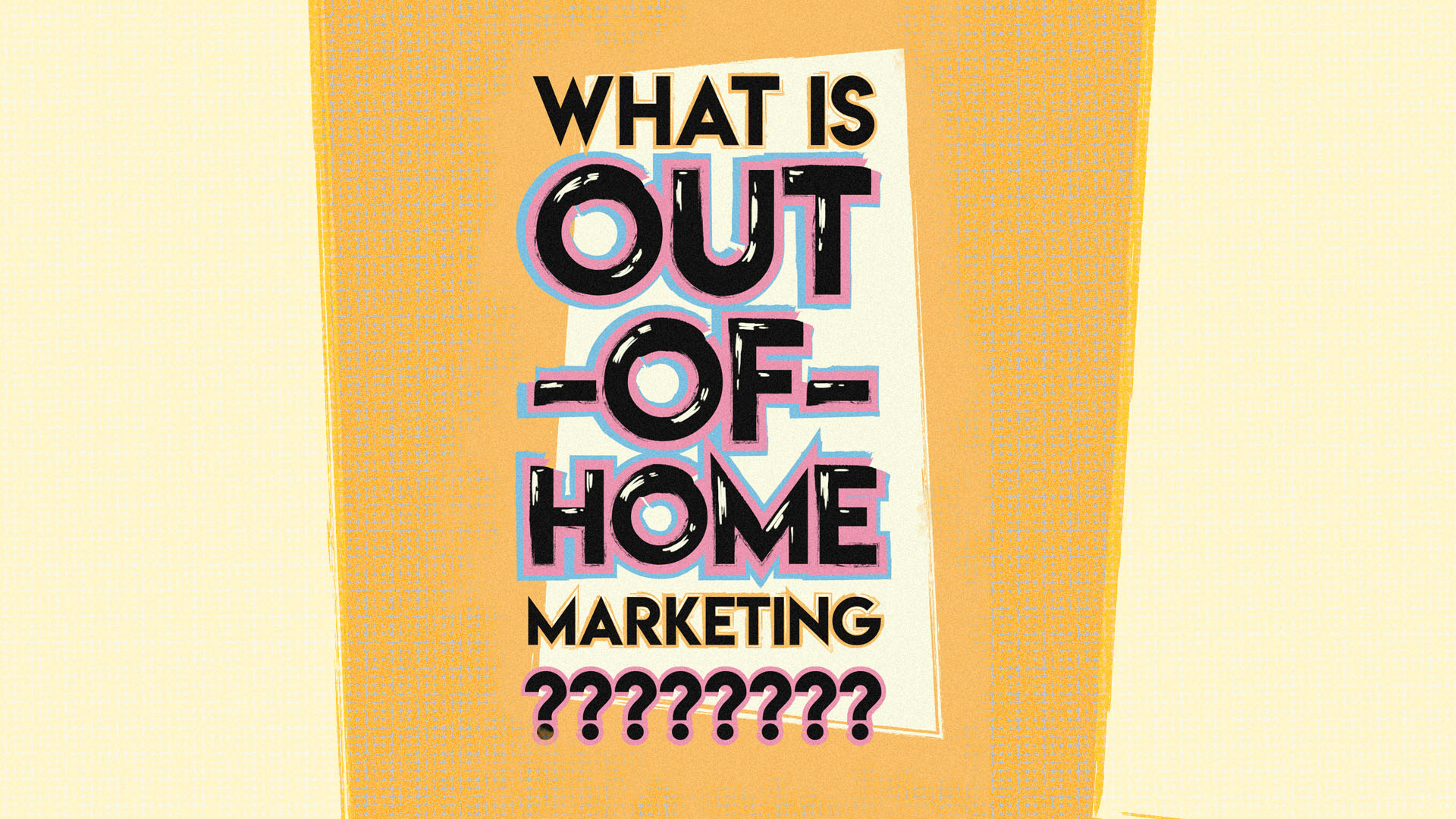// WIDSIX WRITTEN WORD //
What is out-of-home marketing?
You may not have heard the term before, but you surely know what out-of-home (OOH) marketing is. It’s exactly what it sounds like: any form of advertising that you can encounter outside of your home, such as billboards, bus stop ads, posters, etc.
This type of advertising is often thought of as old school and potentially even irrelevant in the age of digital marketing, but that couldn’t be further from the truth. In fact, online advertising has become increasingly difficult as not only has advertising evolved, but ways to block those same ads have also increased as consumers become more and more fed up with the bombardment. However, there are no ad blockers in real life! Billboards, signs, digital screens, etc are hard to miss, and if they’re creative enough, people might actually appreciate the uniqueness.
Research from Ocean NeuroScience reported that consumers are 48 percent more likely to click on a mobile ad after having seen the same ad in out-of-home media first. In addition, they found that 46 percent of the adults surveyed had performed an online search after first encountering the object of their search in an OOH ad. Oh, and OOH drives more than 3x more digital and social activations per ad dollar spent than any other media. This is huge, HUGE potential!
Out-of-home methods of advertising are blowing up yet again, in part due to the new capabilities of the marriage of OOH and digital advertising. Digital out-of-home media brings a freshness to the traditional static ads with brighter colors and movement, adding a whole new layer of dynamism to the content. Replacing and updating physical media is time-consuming and labor-intensive, while digital technology is convenient, quick, and simple to load different ads. Not only this, but media buyers can get more bang for their buck with the scrolling capabilities of these digital screens.
Also, concerns with privacy and new safety regulations are causing consumers and media buyers to drift away from the online spaces they once frequented. And since data used in the OOH space is anonymized, it’s being touted as a friendlier, safer alternative for reaching masses of people without raising concerns about potential invasiveness. Marketing Sherpa found that in 2017, consumers rated outdoor advertising as more trustworthy than all forms of online digital advertising formats.
And the future of OOH looks promising as we begin to embrace outdoor digital technology and new methods for transacting media. For example, programmatic digital OOH is now being used to automate ad transactions and delivery in a way that is very similar to most online advertising. As interactive technology grows, so does the potential for interactive OOH advertising. Ads can even be created to shift and change with cues from external data like weather, traffic, movement, etc, which can be set up to trigger different ad media. Users can also be a part of these external triggers by directly interacting with the ad via touchscreen, mobile applications, social media, and more. The possibilities are vast and impressive.
But we can’t get complacent again. Marketers need to stay on top of consumer desires for dynamic, valuable content to avoid slipping back into the monotony of the old ages. Digital OOH advertising has amazing potential, and we can extend the longevity of its effectiveness by keeping ad content exciting and full of value.





